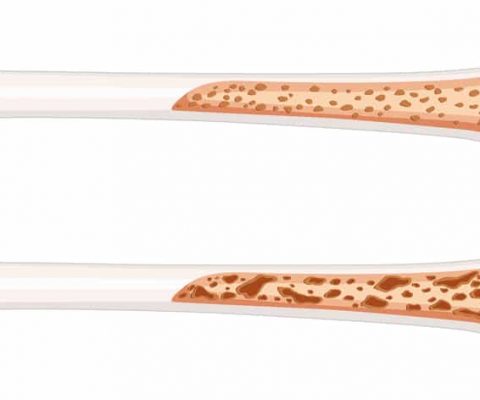Why Push-Ups Help You Age Slower
Disclosure: We use affiliate links and may receive a small commission on purchases.
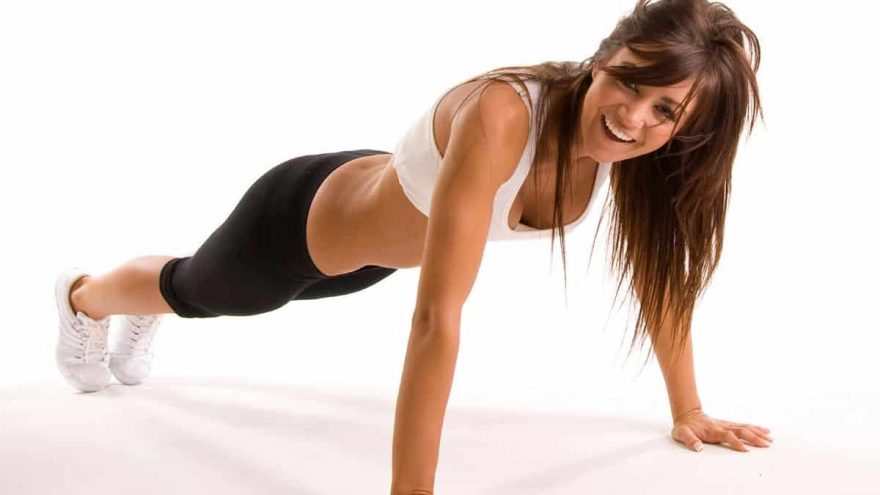 Why Push-Ups Help You Age Slower
thefitbay.com
Why Push-Ups Help You Age Slower
thefitbay.com
It’s no secret that we get physically weaker as we get older. Whether it’s heart problems or irritating joint pain, our bodies come to a point where they can no longer maintain the prime shape of our 20s and 30s. As we age, the mitochondria tend to degrade, which weakens our cells and muscle fibres and results in lower levels of endurance and strength. We also experience lower production of telomerase, an enzyme that repairs parts of our chromosomes, leading to compromised cellular division. These factors not only affect the everyday struggles of the elderly, they also leave them vulnerable to various diseases.
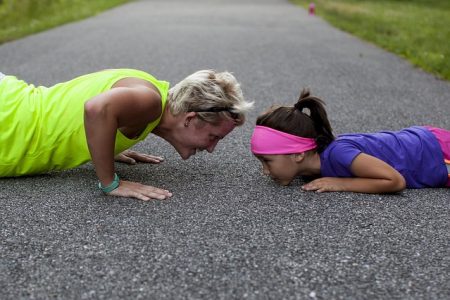
But although the passing of time is inevitable, you are more in control your body’s future than you may think. How do I age slower, you ask?
The answer is simple: increase your muscle strength. But if you’re like me and are a little turned off by the idea of lifting weights at a gym, you may not be thrilled by the idea of getting stronger. The good news is that you don’t have to do any of that if it’s not for you. Let me tell you about a little exercise you probably already know about: the push-up. Unlike what many people think, it’s not just something guys do to get buff arms and show off. Push ups are not just for guys, and they do much more than just bulk your arms up. In fact, they bring some incredible long-term health benefits that can slow down the way you age later in life.
Here are just a few of the benefits of doing push-ups on a regular basis:
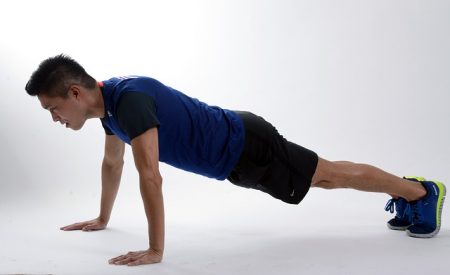
- Increases testosterone levels that prevent many diseases. According to a study from the Journal of Strength and Conditioning Research, testosterone levels increase when greater numbers of muscle fibres are involved in an exercise Since push-ups move large muscles including the chest, shoulders and triceps, they are effective in the production of testosterone.
- Improves balance and coordination, which lowers the risk of injuries.
- Prevents shoulder and neck pain by giving more flexibility and strength to that area when worked.
- Helps prevent lower back pain and injury from carrying and lifting by strengthening abs, obliques (muffin top area), and the lower back.
- Corrects your posture by keeping your back straight.
Not only will push-ups improve your life in your old age, they can even make you live longer. But don’t just take my word for it, countless studies have found that muscle training is directly related to longevity. Let’s look at one originally published in the British Medical Journal that took place over 44 years. For three years starting in 1965, the grip strength (a way of estimating total body strength) of 2,239 men between ages 56 and 68 years was measured. Some other factors including family disease history and smoking habits were also taken into consideration. The second part of the study was to record the ages at which each of the men died. The findings were surprisingly consistent with the initial hypothesis: it turned out that the men who had good muscle strength and were physically active lived about 2 years longer than those who did not. On the other hand, the men whose midlife grip strength was low in the first part of the study were more likely to die earlier from disease and disability.
Believe me now? The great thing about push-ups is that you can do them anywhere.
Even if you don’t workout regularly, you’ve probably already had to do push-ups in school or know roughtly what they’re like. But you may not be doing them correctly.
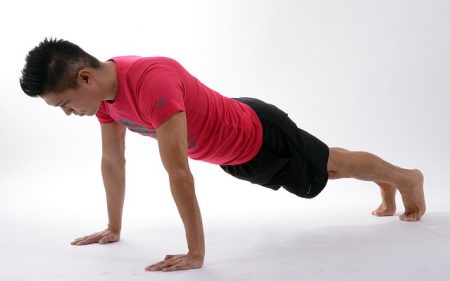
Here’s a quick reminder: a standard push-up starts in plank position. Lie face down on the floor and place your hands shoulder-distance apart, holding your body up at arm’s length and balancing on your toes. Then bend your elbows and lower your body as far down as you can without your chest touching the floor, then push back up into plank position. If you’re not sure how low to go, check your elbows: they should form a ninety degree angle in the down position.
Doing the same thing on a regular basis can get pretty boring. So to add some variety and target specific muscle groups, here are a few different types of push-ups:
-Wide grip push-up: This variation is more focused on the chest, shoulders and triceps rather than the shoulders, where most of the weight goes in a standard pushups. To try it out, place your hands wider apart than you would in a standard push-up.
-Diamond push-up: Focuses on triceps. Place your hands closer together so that the tips of your index fingers and of your thumbs meet to form a diamond. Be careful though, as this one can put a lot of pressure on your wrists and elbows.
-Incline push-up: Focuses on lower and middle chest muscles. Place your hands shoulder-distance apart on an elevated surface like a bench or a step-riser and your feet on the floor. The lower the surface is, the more intense this will be, so you might want to start with a higher one and gradually lower the surface.
-Decline push-up: Focuses on the front shoulders and upper chest. As you might’ve guessed, it’s the opposite of an incline push-up, with your feet up on a surface and your hand on the floor, slightly farther wider apart than shoulder-distance.
Look out: you may be tempted to peak your buttocks upwards while going down but it’s essential that you keep your body flat throughout the movement. That way, in addition to working your arms, shoulders and chest, it’ll also strengthen your abdominals as you squeez them to stay controlled.
Don’t feel that you have to do 30 push-ups a day right away. Work yourself gradually into the habit of doing these regularly, being mindful of your abilities as well as your limits. I recommend that you experiment with these different types of push-ups to find out which challenge and suit you best. It’s never too late to start and the sooner you do, the more you’ll thank yourself later in life.










